
How Much? Drought conditions are getting worse across Minnesota - this is welcome rain over the next 24 hours. Rainfall amounts will probably increase the farther north you go, with some 1"+ amounts from the St. Cloud area across the far northern suburbs of the Twin Cities, to Siren and Rice Lake, Wisconsin. Data based on the NAM model.
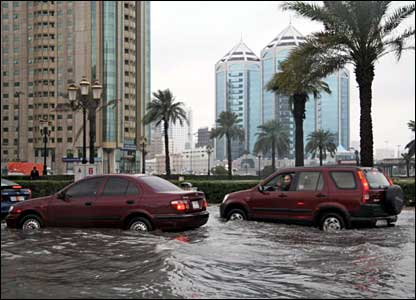
Florida Rainfall From October 7-10. Data courtesy of Earth Networks and NOAA. The area around Vero Beach appears to have seen the most rain, more than 4 month's worth of rain in less than 72 hours - truly a tropical storm's worth of rain.
THREE DAY RAINFALL TOTALS THRU 7AM EDT 10/10:
RAINFALL AMOUNT LOCATION
16.79" YEEHAW JUNCTION
15.55″ 4.8 MI W VERO BEACH (FL-IR-33)
14.82″ 1.0 MI NE PALM BAY (FL-BV-14)
12.58″ 1.5 MI WSW VERO BEACH (FL-IR-15)
12.31″ 3.4 MI W VERO BEACH (FL-IR-24)
12.17″ PALM BAY REGIONAL PARK (PLBF1)
12.08″ 4.3 MI NNW PALM SHORES (FL-BV-20)
11.61″ 1.4 MI W PALM SHORES (FL-BV2)
11.53″ 2.4 MI W VERO BEACH (FL-IR-6)
11.52″ 1 MI W KENANSVILLE (KENF1)
11.49″ 2.9 MI NW PALM SHORES (FL-BV-16)
11.26″ VERO BEACH AIRPORT (KVRB)
11.00″ 12.5 MI NNW MELBOURNE (FL-BV-39)
10.23″ 2.5 MI S VERO BEACH (FL-IR-27)
10.11″ 3.1 MI NNW PALM BAY (FL-BV-5)
10.10″ 3.9 MI E UNION PARK (FL-OR-9)
9.99″ 2.6 MI SSE PALM BAY (FL-BV-1)

San Antonio Soaking. Here's more on the recent flooding and tornado (cell phone image below) that hit the San Antonio area from the NWS: "A strong low pressure system over the western United States moved east over the weekend, helping to trigger showers and thunderstorms over South Central Texas on Saturday and Sunday, the 8th and 9th of October. The activity increased Saturday night as a large cluster of thunderstorms moved in from the west. The storms brought welcome rains across all of South Central Texas with widespread rain totals of 2 to 4 inches along with a few isolated spots reporting over 6 inches of rain. Along with some minor flooding issues, the storms also brought a tornado to the San Antonio area. There had not been a confirmed tornado in Bexar County since July of 2008."

Cell Phone Image of San Antonio Tornado. More from the San Antonio NWS.
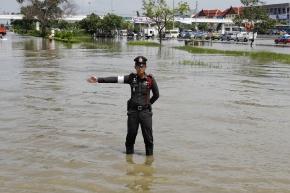
Hurricane Jova Heads For Mexico's West Coast. Reuters has the story: "In the popular resort town of Puerto Vallarta, people were preparing for the biggest storm in nine years by boarding up shops and staying at home. Downgraded to a category 2 storm, with top winds reaching 100 miles per hour, Jova was about 110 miles southwest of the port city of Manzanillo at 2 p.m. EDT. The center expects Jova will turn toward the north on Tuesday night after touching land, where it will weaken. A dangerous storm surge is likely to produce bad flooding along the coast when Jova makes landfall, the center said. Puerto Vallarta Mayor Salvador Gonzalez said the resort was preparing shelters for residents that would be evacuated."
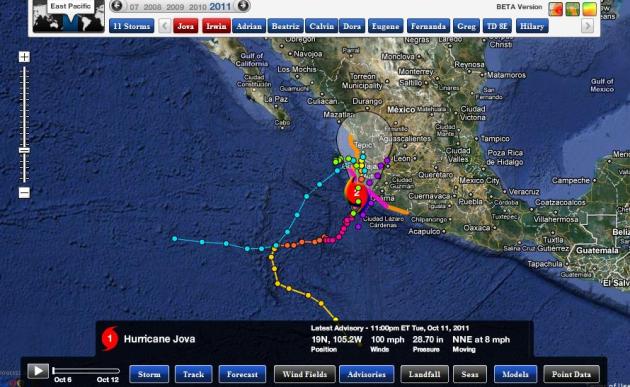
Jova Track. Hurricane Jova is forecast to come ashore this morning with 90-100 mph winds and a 5-10 foot storm surge. Thousands of coastal residents have evacuated - heavy rain from Jova possible as far north as Mazatlan. Map courtesy of NHC and Ham Weather.
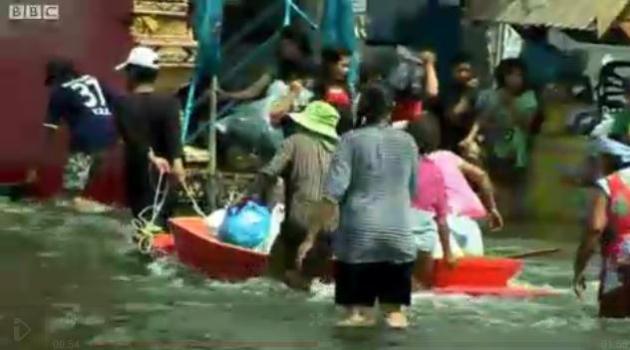
Flooding In Thailand "A National Crisis". The BBC has more details: "Flooding in Thailand is being described as the worst in decades, with the prime minister calling it a national crisis. Nearly 270 people have been killed in heavy monsoon rains, floods and mudslides since July, authorities have said. More than 700,000 homes have been destroyed or damaged."
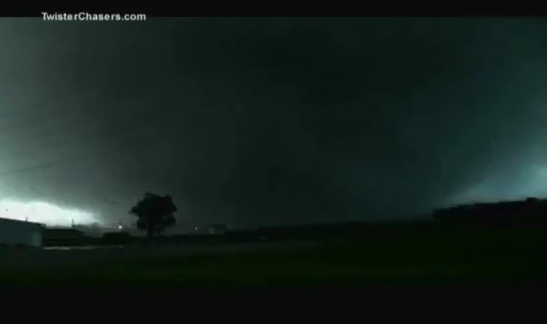
Some Tornadoes "Not Survivable". The Insurance Journal has the story: "While hundreds of tornadoes tear through the United States every year, those that are rated EF-4 or EF-5 are relatively rare. “The mega tornadoes, the EF-3s, -4s and -5s that hit this spring, comprise a very small percentage of the types of tornadoes we see every year,” said Julie Rochman, president and CEO at the Institute for Business & Home Safety. “Maybe 2 percent to 3 percent of the tornadoes that we see in this country are those really severe ones.” Rochman, whose organization researches and disseminates information on how to build structures that are better able to withstand nature’s forces, acknowledged that “an EF-5, if it lands right on your house, there’s really not a lot you can do.” Similarly, Richard Wagenmaker, meteorologist-in-charge of the NWS Detroit Weather Forecast Office, said that in Joplin there were “a number of people who did all the right things, took shelter in the best available place to them, but still found themselves in situations that weren’t survivable.” (photo courtesy of twisterchasers.com)

Weather Forecast Auditionees, 1983. Check this out, courtesy of howtobearetronaut.com:‘In 1983, a local TV station held a contest for anyone who wanted a chance at reporting the weather. My role was to take head shots of contestants after each screen test. Five winners were chosen out of nearly one hundred applicants. The pictures were never used, but I developed the negatives anyway (without proofing them). These images had been lost until recently and I am seeing them for the very first time.’


Tune Out The Hype
What will the winter be like? Hmmm. Where will the NASDAQ be come February? Computer models become virtually worthless trying to predict anything that far out. The Farmer's Almanac is forecasting a tough winter. AccuWeather, a private forecast service based in Pennsylvania, warns "People in Chicago are going to want to move after this winter...for the worst of winter's cold alone the AccuWeather.com Long-Range Forecasting Team points to Minneapolis." Great.
For what it's worth I'm not buying the hype, at least not yet. La Nina cooling is not as intense as last winter; I'm leaning toward an "average" winter, closer to 60-65" snow, but fewer subzero arctic outbreaks than normal. The trend is for Minnesota winters to start later, and linger longer (into April) - for whatever reason. Don't buck the trends, and do NOT assume a "worst-case winter".
* photo credit above: 7minutemiles.com.
Climate Stories....


Pakistan Floods Show Asia's Vulnerability To Climate Change. Reuters has the story: "It is more than a year since the devastating July and August 2010 floods in Pakistan that affected about 20 million people and killed an estimated 2,000. Many believe that the disaster was partially fuelled by global warming, and that there is a real danger that Pakistan, and the Indian subcontinent in general, could become the focus of much more regular catastrophic flooding. Indeed, right now Pakistan is again experiencing massive flooding. The UN asserts that, already, more than 5.5 million people have been affected and almost 4300 are officially reported dead, 100 of them children. Last year’s calamity, in particular, highlights the vulnerability of much of Asia to climate change, and has helped elevate this into one of the most important and pressing political and social issues in the region. Indeed, an increasingly prevailing view is that the impact of climate change could be worse in the region than all previous social, health and conflict disasters of the past."
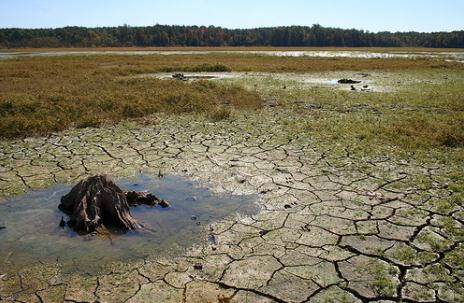
Europeans Worry More About Climate Change Than Economic Crisis: New Poll. Treehugger.com has the details: "Europeans seem to understand the severity of the threat posed by climate change a bit better than we Americans do. A new poll shows that the majority of Europeans consider it the second gravest problem facing the world, right after poverty. Those crazy Euro folk evidently think global warming is even more of a threat than the current economic crisis -- and remember, Europe is in the throes of what could potentially be a much more calamitous financial meltdown than the one we're facing on this side of the pond ...68% of Europeans rate climate change as a "very serious" problem, according to the Eurobarometer poll (pdf). The Guardian reports that the poll suggests that the majority of the public in the European Union consider global warming to be one of the world's most serious problems, with one-fifth saying it is the single most serious problem. Overall, respondents said climate change was the second most serious issue facing the world, after poverty. Connie Hedegaard, European climate commissioner, said: "This is encouraging news. The survey shows that the citizens of Europe can see that economic challenges are not the only ones we face."

Growing Himalayan Lake A Sign Of Climate Change Disaster To Come. Here's a vaguely troubling story from the Sydney Morning Herald: "Danger zones are emerging across the mountain region as glaciers melt. IT'S strangely calming to watch the Imja glacier lake grow, as chunks of ice part from black cliffs and fall into the grey-green water below. But the lake is a high-altitude disaster in the making - one of dozens of danger zones emerging across the Himalayas because of glacier melt caused by climate change. If the lake, situated at 5100 metres in Nepal's Everest region, breaks through its walls of glacial debris, known as moraine, it could release a deluge of water, mud and rock as far as 100 kilometres. This would swamp homes and fields with a rubble layer up to 15 metres thick, leading to loss of the land for a generation. But the question is when, rather than if. Mountain regions from the Andes to the Himalayas are warming faster than the global average under climate change. Ice turns to water; glaciers are slowly reduced to lakes."

Webcam Monitors Climate Change Conditions On Mt. Everest. The story from ubergizmo.com: "The world’s highest peak, Mt. Everest, has seen many attempts at it, with some failures along the way, simply because it is there to be conquered, and the indomitable human spirit tends to push itself to the very limits. Well, there is one foe that is sure to overcome the mighty Everest if it is not kept in check – that is, global warming. Hopefully the balance of the environment will remain in check, otherwise global warming might just spell the end of the glaciers there. Well, if you are interested to see how the world’s highest peak looks like without having to go through months of gruelling training to scale it, you can always check out feedback from a webcam that was installed by Italian researchers who were studying global warming in the Himalayas. This is a solar-powered webcam that will definitely be the world’s highest webcam as it remains 18,000 feet above sea level."
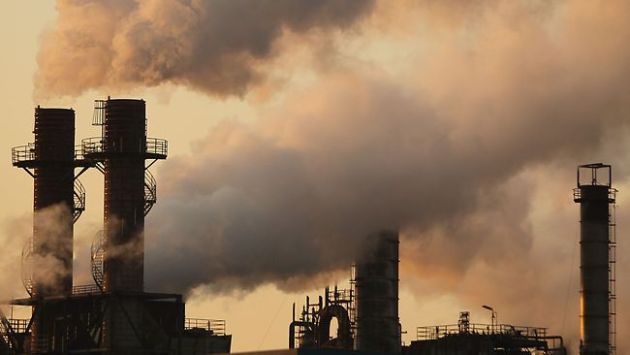
Polluters Mislead On Global Warming. Here's an Op-Ed in the News Leader: "An article on May 10, 2010 in "New Republic" quotes a leaked document from one of the largest carbon polluters, "Our strategy is to reposition global warming as a theory rather than fact." Every point made by Fred Groves ("Climate change debate continues," Sept. 30) was generated by the oil companies and other polluters. Without citing sources [in his published letter], Groves claims 1,000 scientists have doubts about global warming. The overwhelming view of scientists in the climate field is that human-induced global warming is real. A poll [of] 97 percent of climate scientists published in EOS American Geophysical Union shows "global warming is real and human activity is a significant factor." Every National Academy of Science in every country in the world agrees with this. A joint statement says, "The need to address climate change is urgent." ... Groves says hundreds of scientist doubt that temperatures have been increasing for the past 50 to 100 years. A NASA report shows temperatures have been increasing in the last 50 years. NOAA state of climate reports temperature have risen 2 degrees centigrade in the last 50 years. The American Meteorological Society says, "There is now clear evidence that average temperature at the earths surface has been increasing in the last 100 years." Groves says, "Temperatures have dropped somewhat in the last 10 years." Again not true! The 10 warmest years on record all occurred within the last 12 years. Year 2010 tied with 2005 as the warmest years in history. Look it up. It's on the Internet."
